Haiiileen: From the Club to the Museum
by Joel Linkewer on February 11, 2019
Standing at Five foot two with freshly manicured nails and salon dyed hair, artist Aileen Quintana, also known as Haiiileen, is an unlikely fabricator. Nevertheless, the First-generation Cuban-American and Miami, FL native has not only survived in the male-dominated, labor-intensive practice but thrived-- all while looking good. Even when basking in the heat of a 4x8-foot industrial oven, Haiiileen is not intimidated, a remarkable feat for an artist with only two years of experience in sculpture. It is this bravery, toughness, and overall sheer hustle that best explains Haiileen’s success in recent years, propelling the sculptural newcomer onto the national stage with commissions for III Points, Space Miami, SoHo Beach House, The City of Miami Beach, Art Basel, Frost Museum of Science and more.
Known for her kaleidoscopic, iridescent and larger than life installations, Haiiileen focuses in light as a medium in her work, manipulating it in a fashion that allows for the creation of what the artist calls a “neo-abstract alternate reality.” While much of her choice media is new and constantly evolving, Haiiileen has long been involved in creative assembly. “My life has always been about production” the artist explains, as she cut her teeth overseeing creative direction, styling, and virtually every facet of over five-hundred fashion shows around the world. In addition to fashion, and fabrics design, her work in makeup, earning international recognition from the likes of Covergirl, YSL, Sephora and more, provided a well-established foundation for a future in sculptural design. Interestingly, some of her former, traditional techniques in makeup have translated to her sculptures, emphasizing contours and highlights.
Despite her prominent career, Haiileen’s bold transition to multi-dimensional arts has provided an immense sense of creative freedom, a good gamble for the artist fresh off the heels of her first institutional solo exhibition at the Young at Art Museum. Entitled “Lightscapes” the presentation is comprised of three large-scale acrylic light sculptures (Amaziiing, Haii, and Aqua) and a fabrication lab, a nod to her ongoing investigation of scientific inquiry in her practice. Sponsored by Faulkner Plastics and Glowback LED Lightingfuture chrome, the overall exhibit explores themes of electricity, positive and negative wavelengths, light frequencies, and light theory.
Similar topics will be investigated in Haiiileen’s newest commission for the 2019 edition of iii Points. Her most complex and technologically driven piece to date. The artist explains it as “a study and sculptural representation of White Light and the patterns it transcends.” Having partnered with the innovative festival from its inception, the festival brought huge attention and mass audiences to her work. While the praise was quick to approach, so did the challenges of being positioned in an auditory focused setting. “Most people come to music festivals for the musicians, the art is kind of secondary” she explains. Notwithstanding, it is these very circumstances in which Haiiileen's thrives, building immersive experiences that authentically enhance the festival experience while symbiotically taking benefit from the experimental setting of iii Points. Overall, Haiiileen’s continued, rapid rise, accompanied by her ongoing refinement of craft, and continuously boundary-pushing works prove she is worthy of the hype.
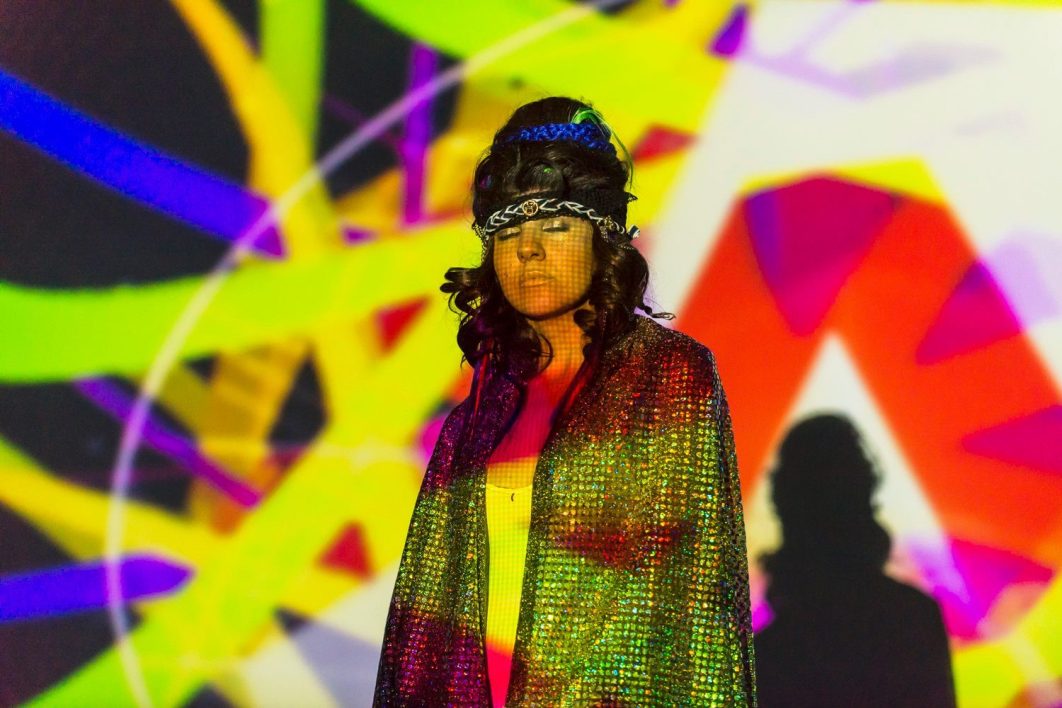
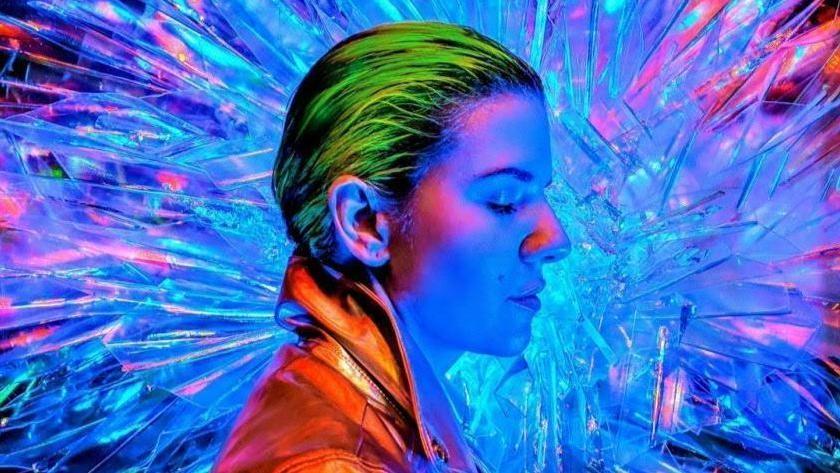
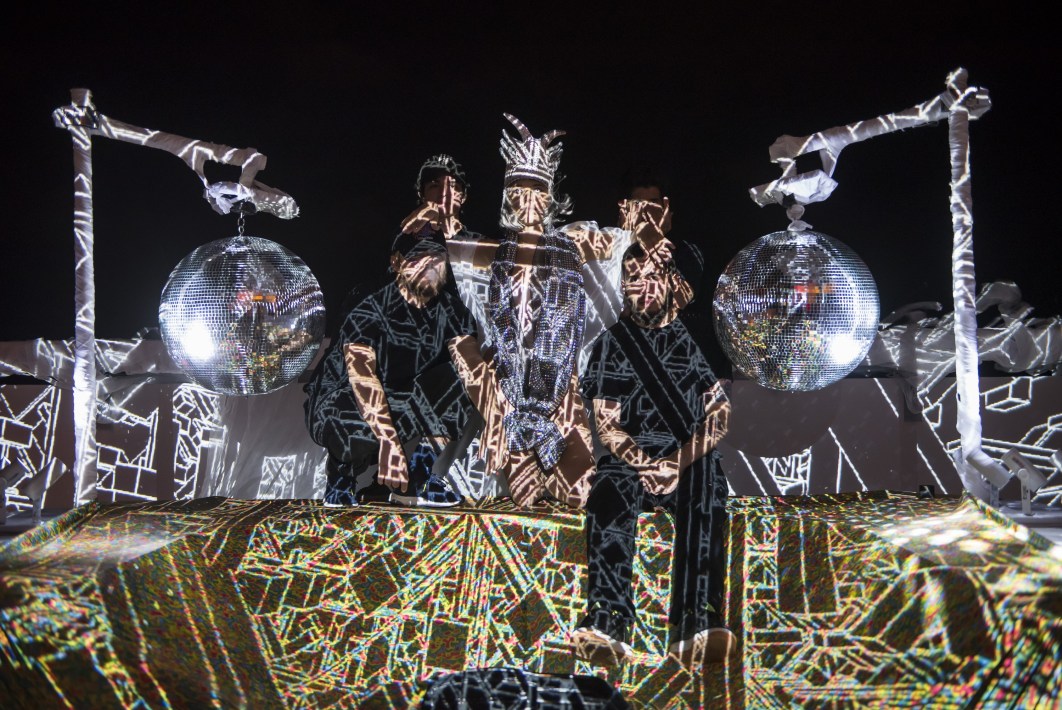
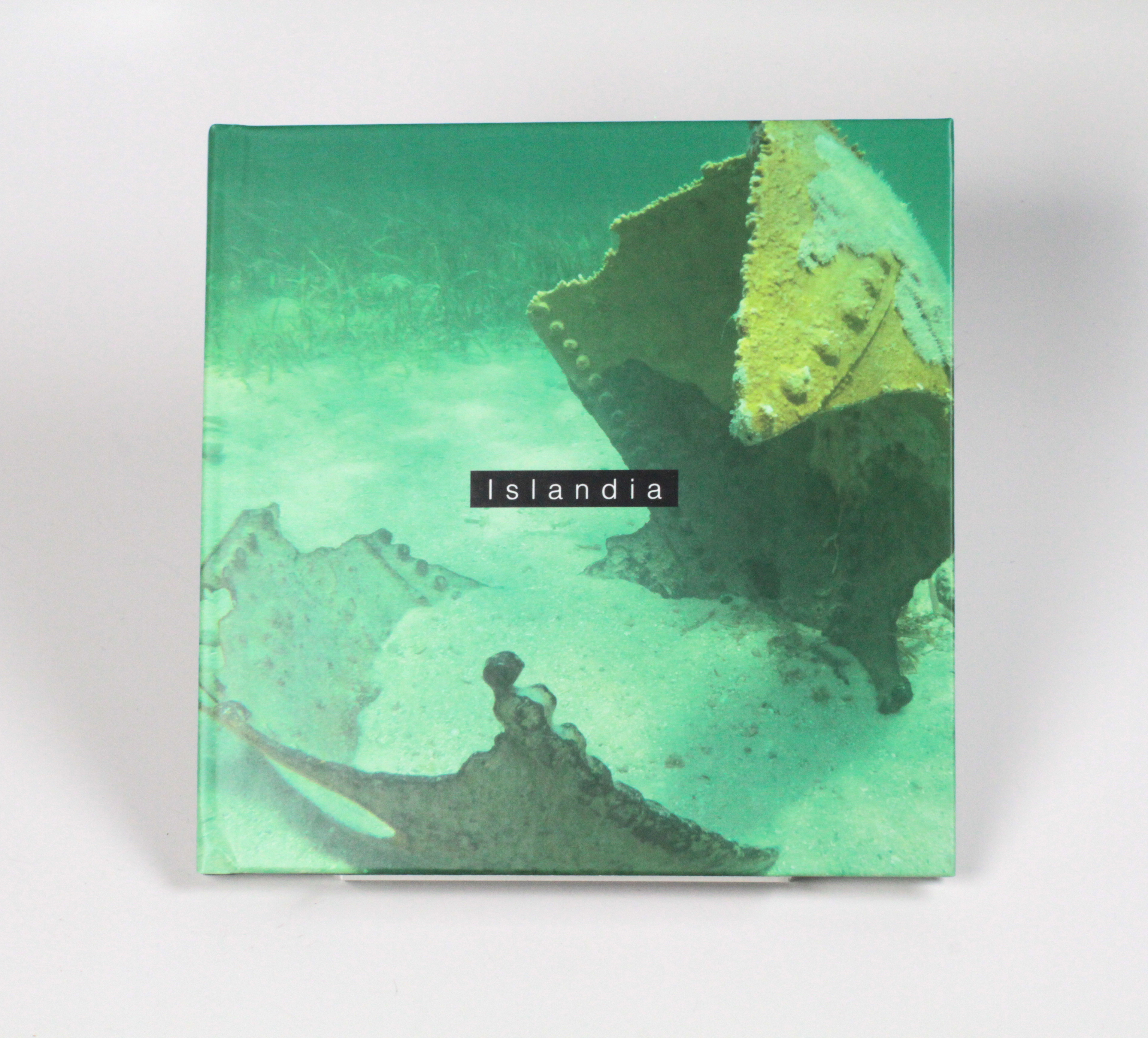


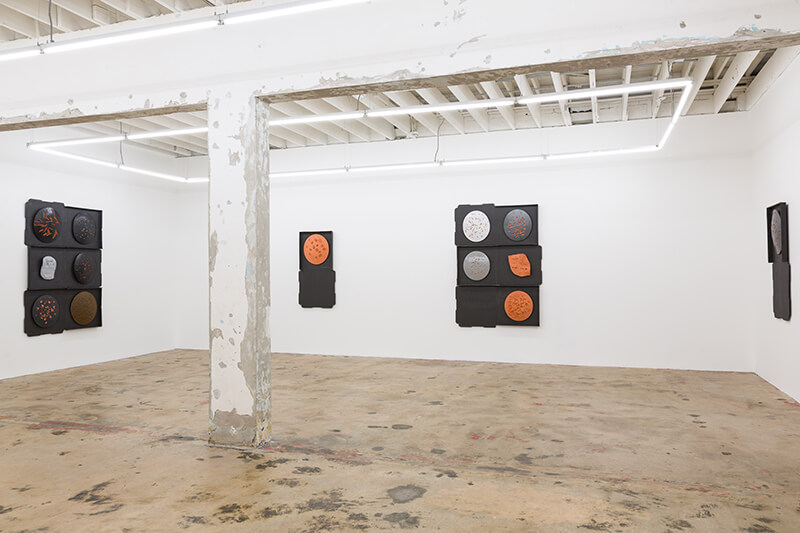
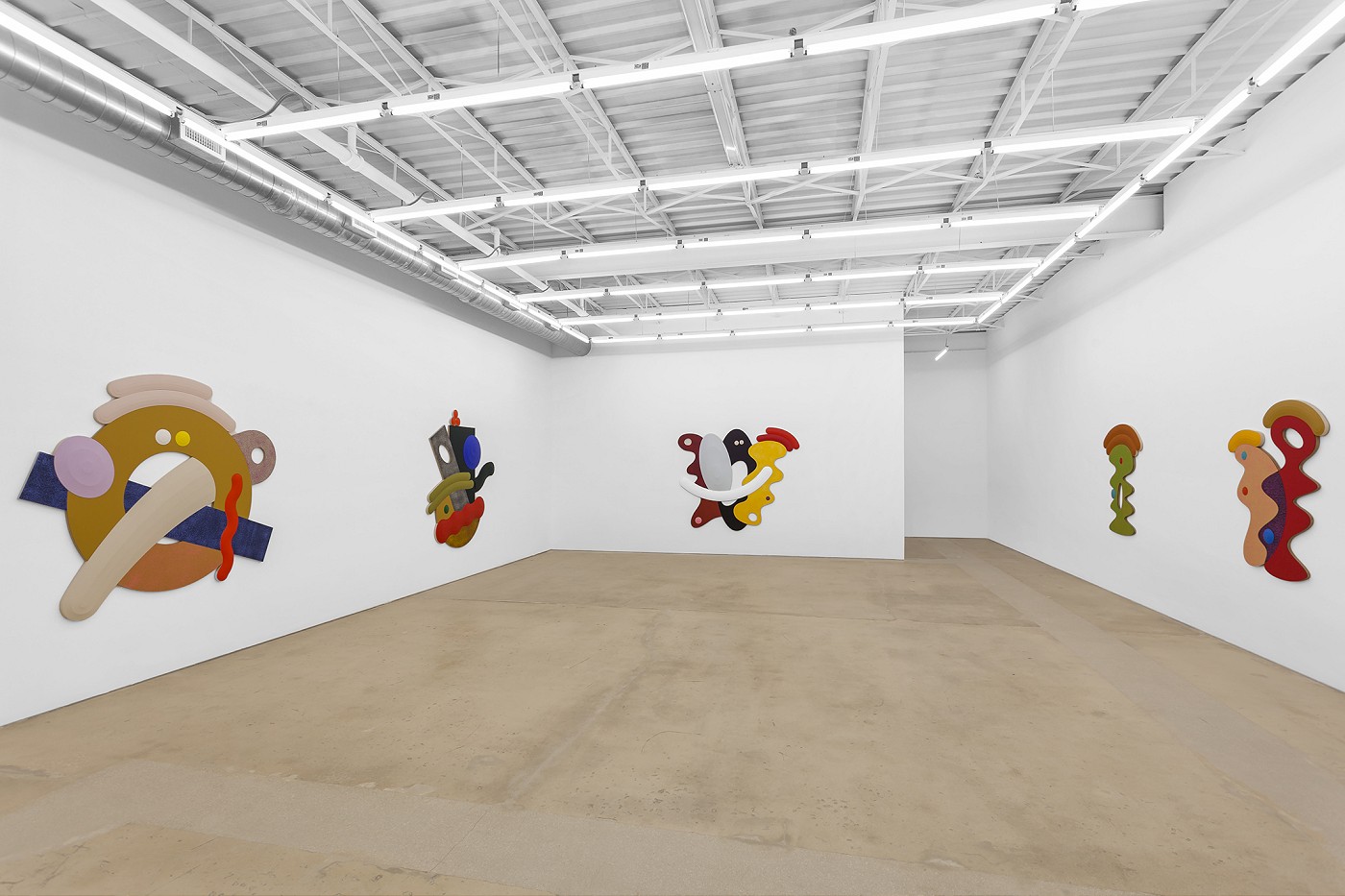
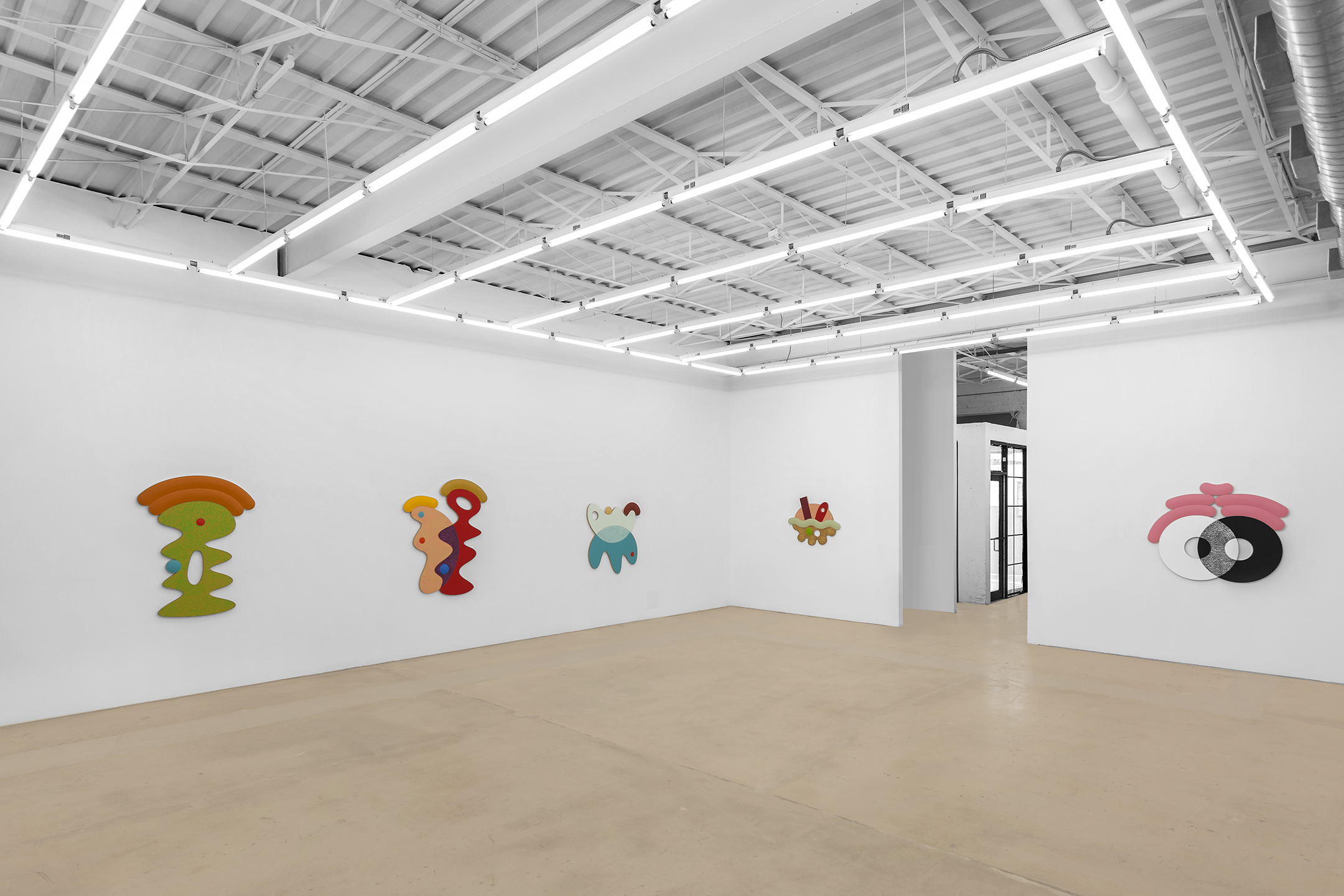










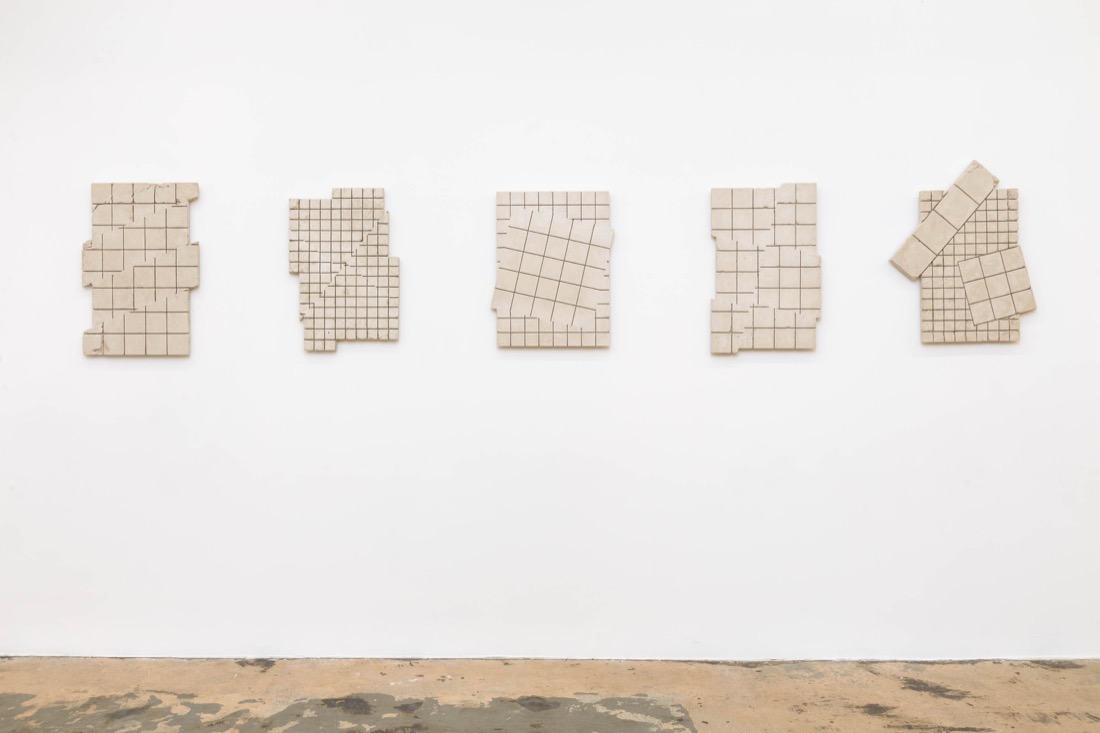
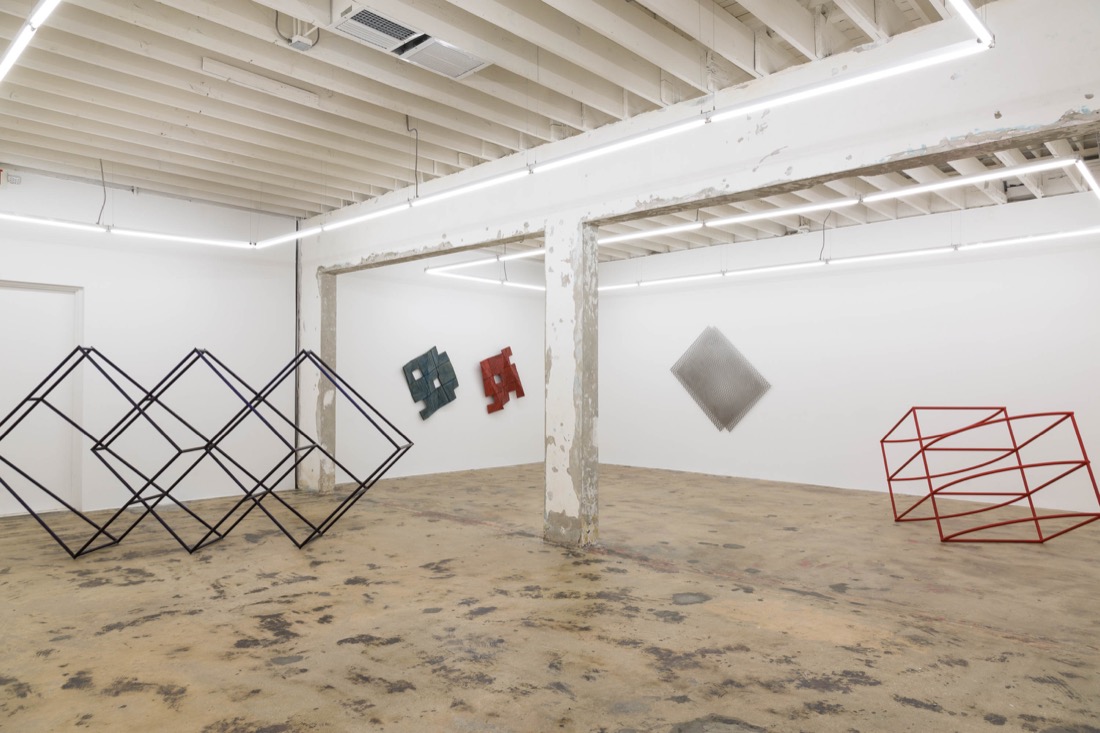
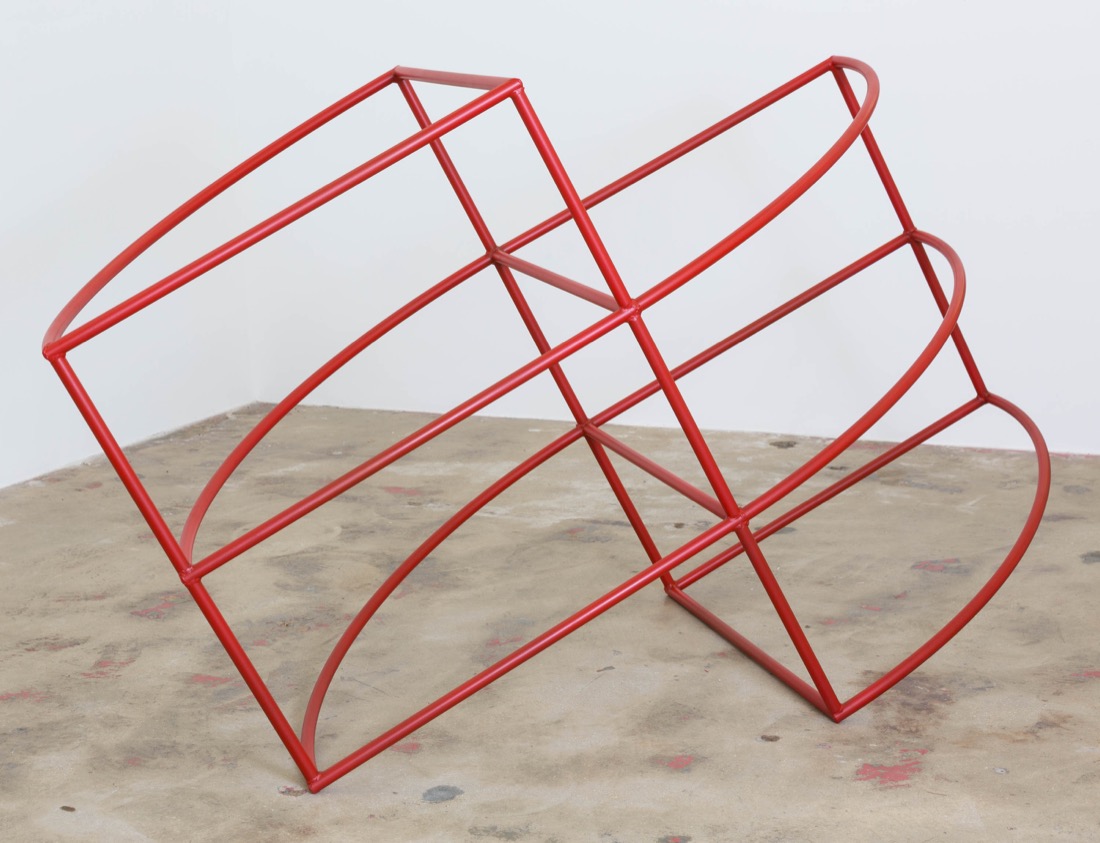
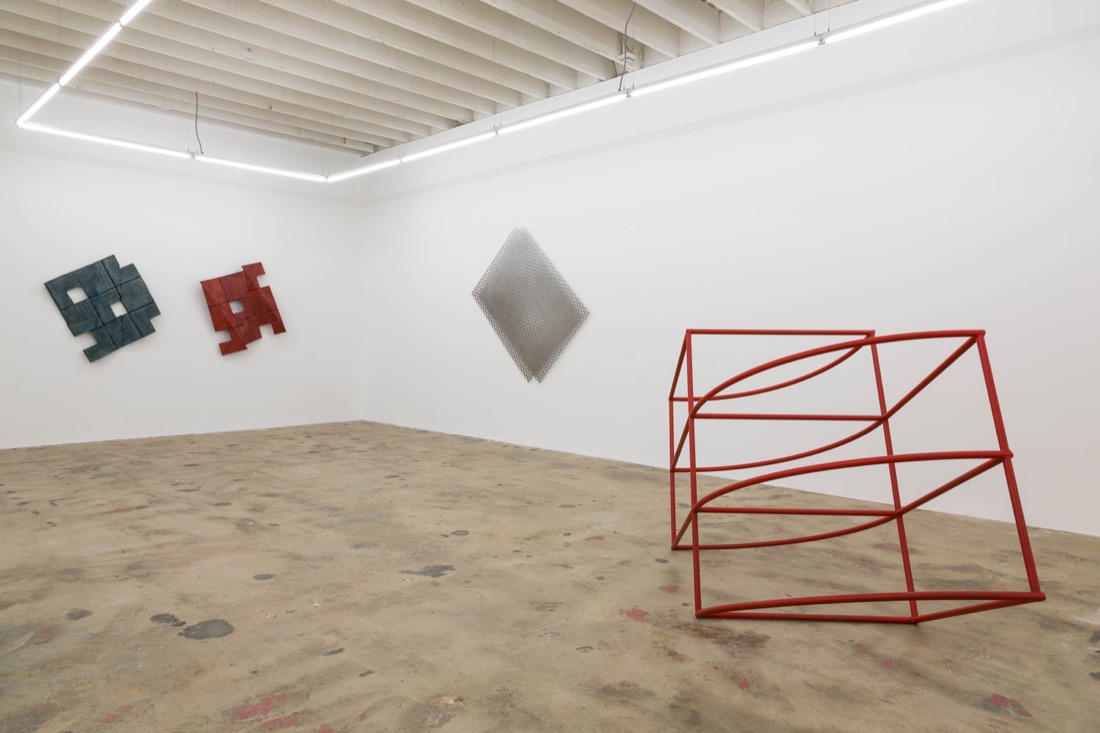





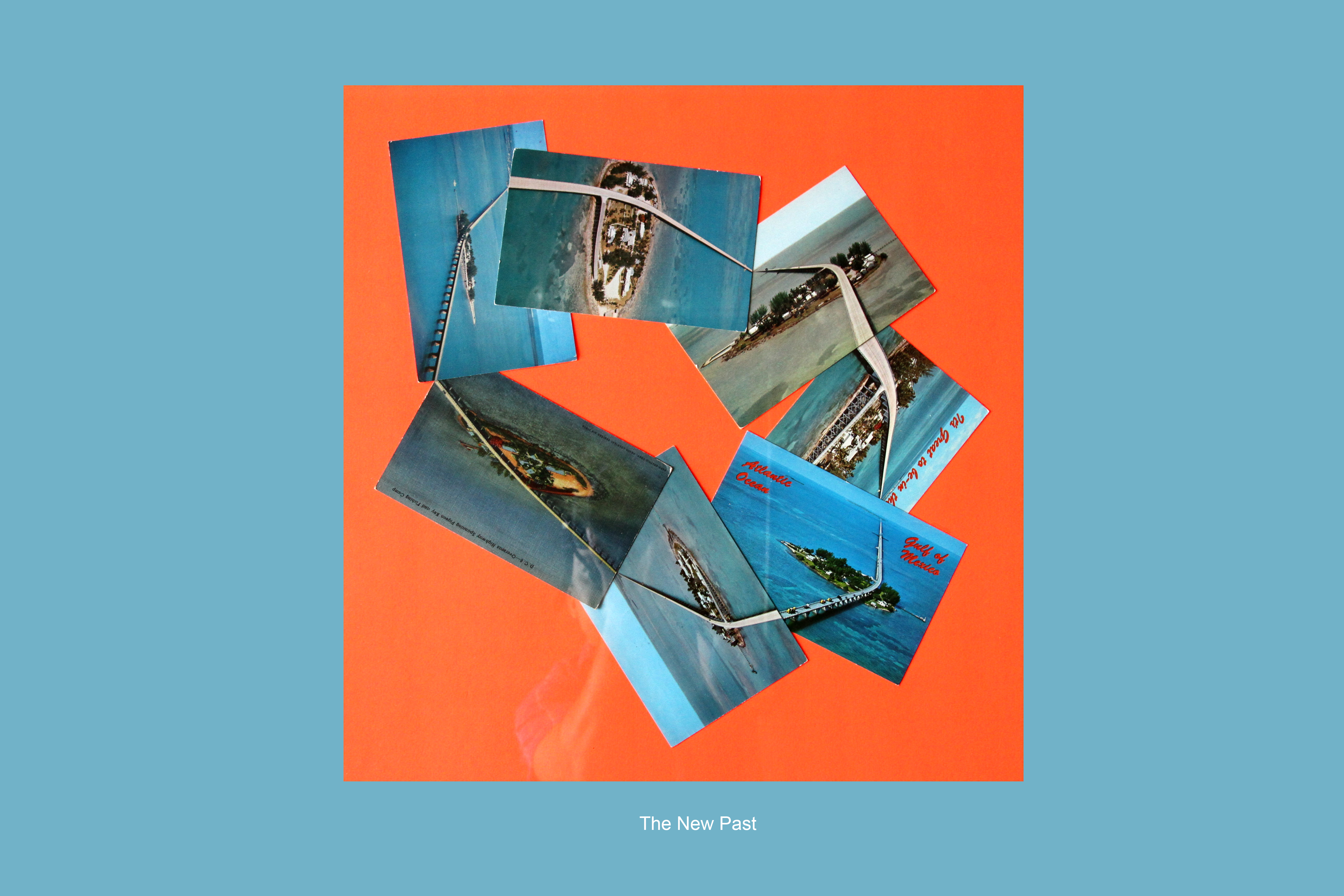
.jpg)




















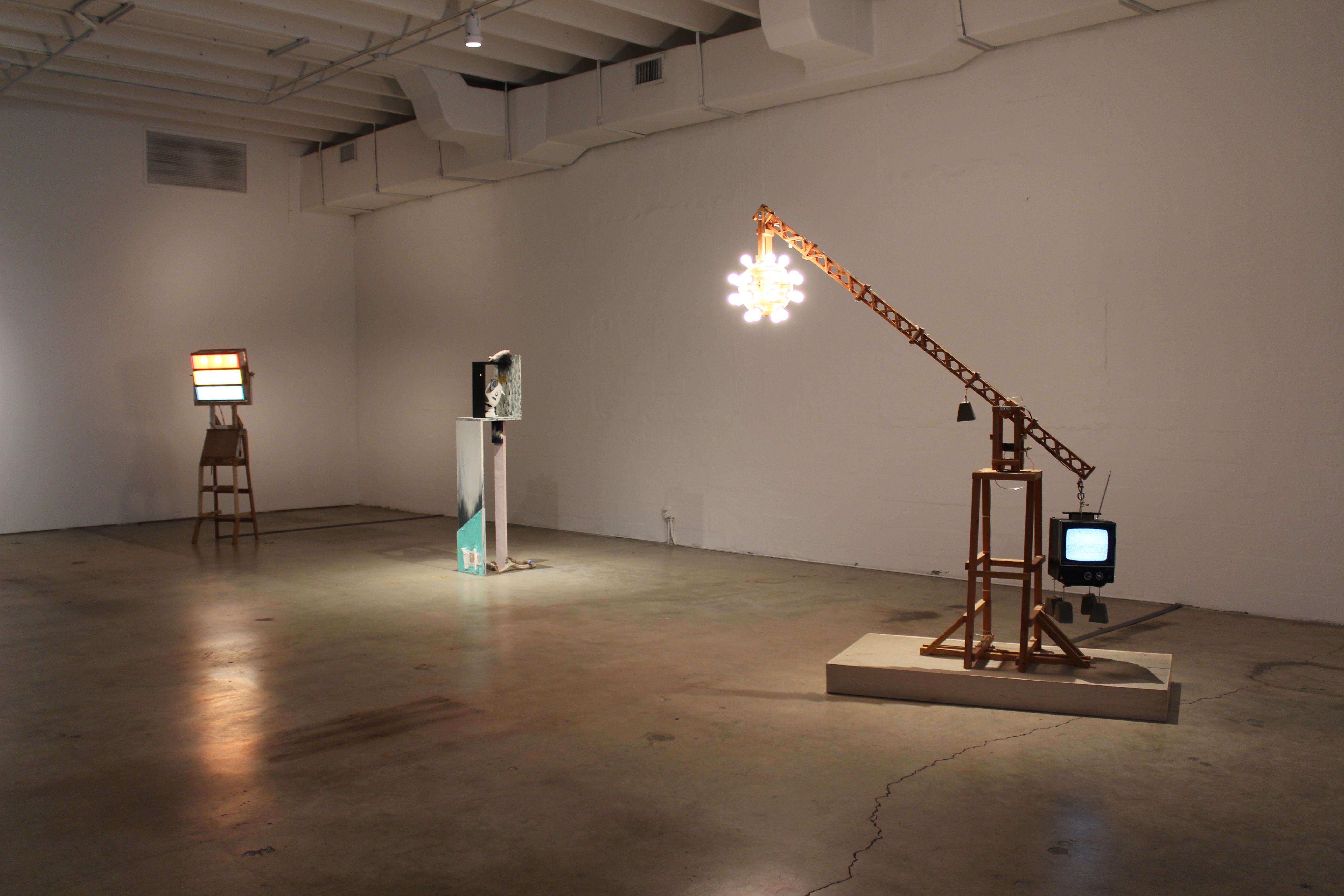

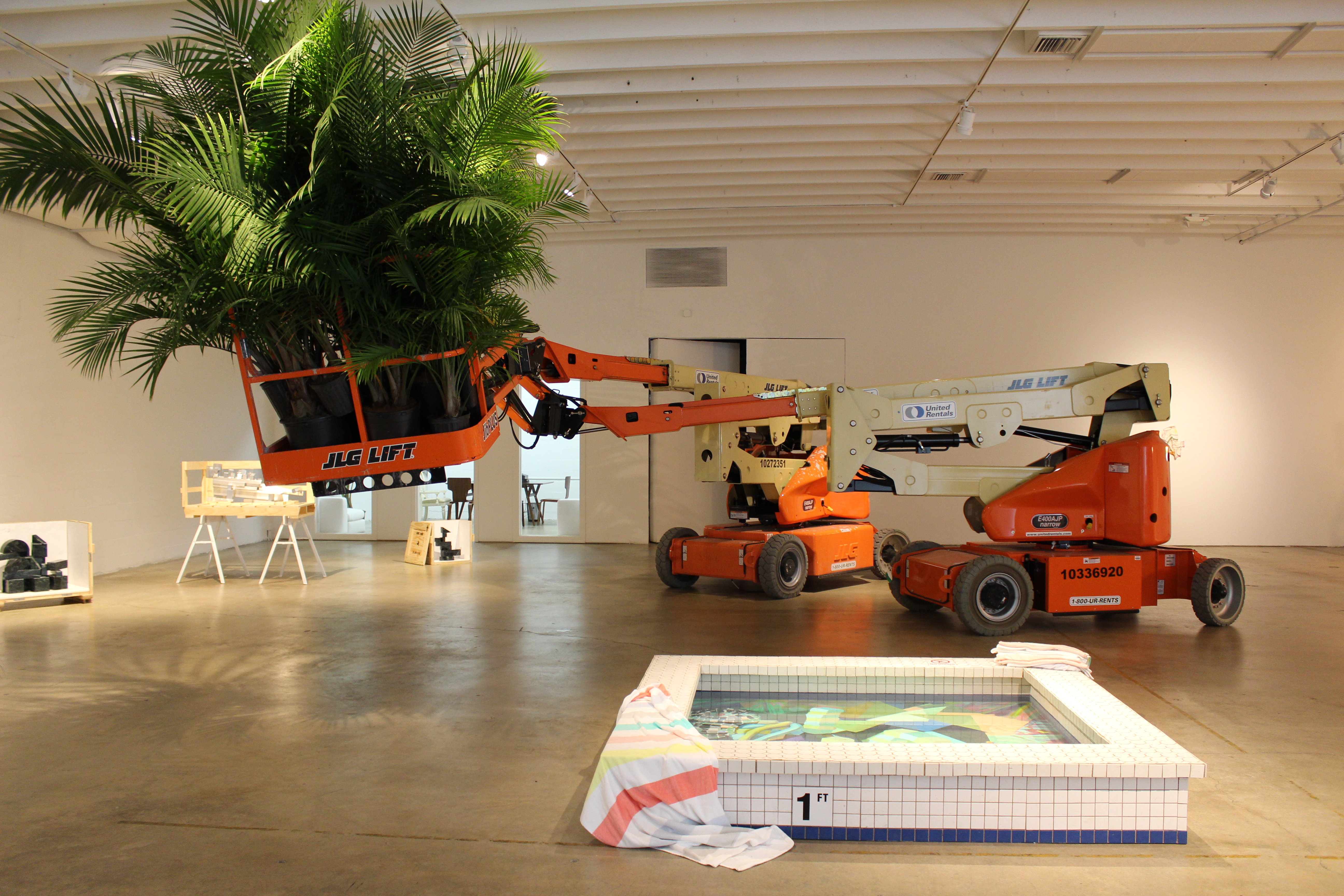

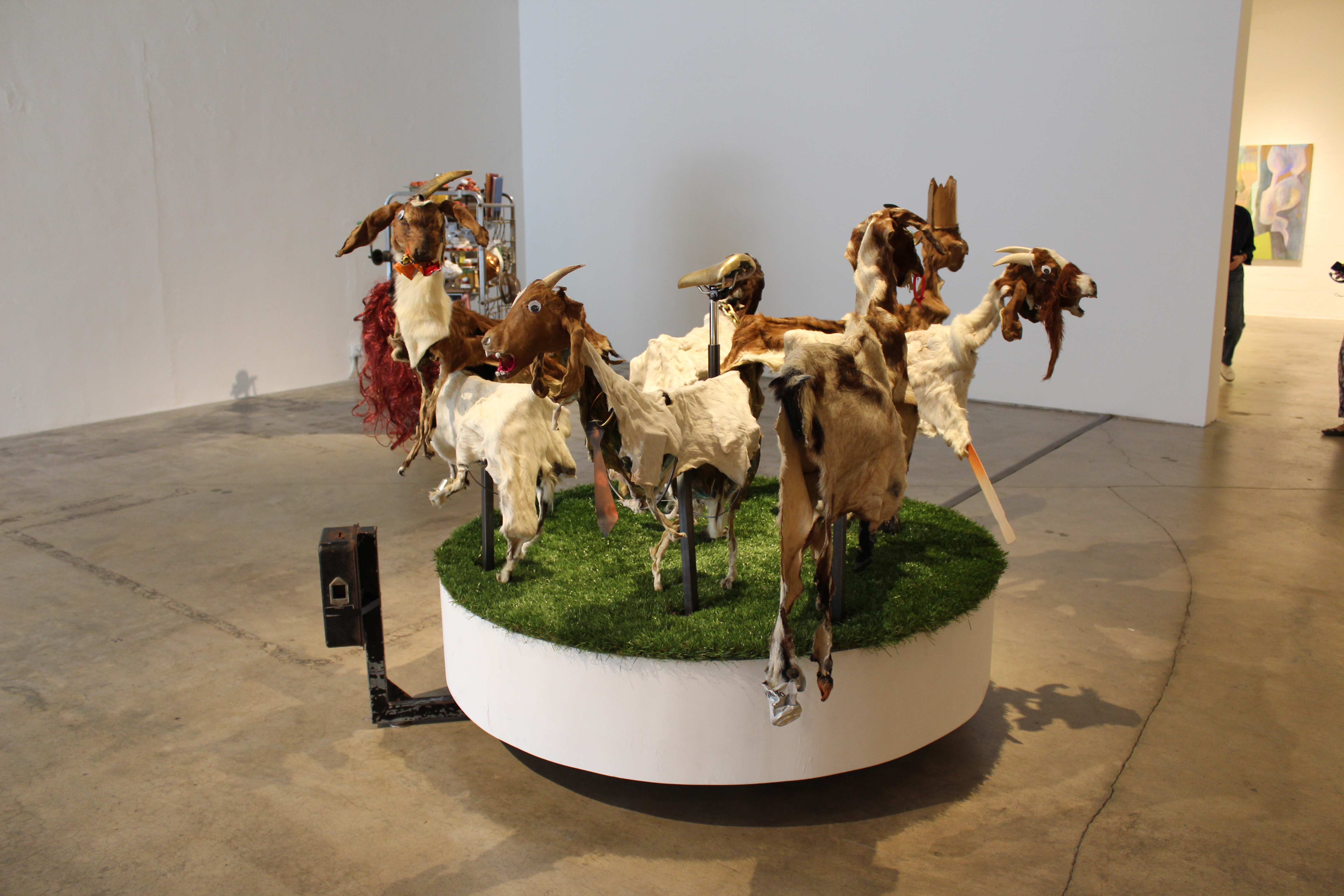

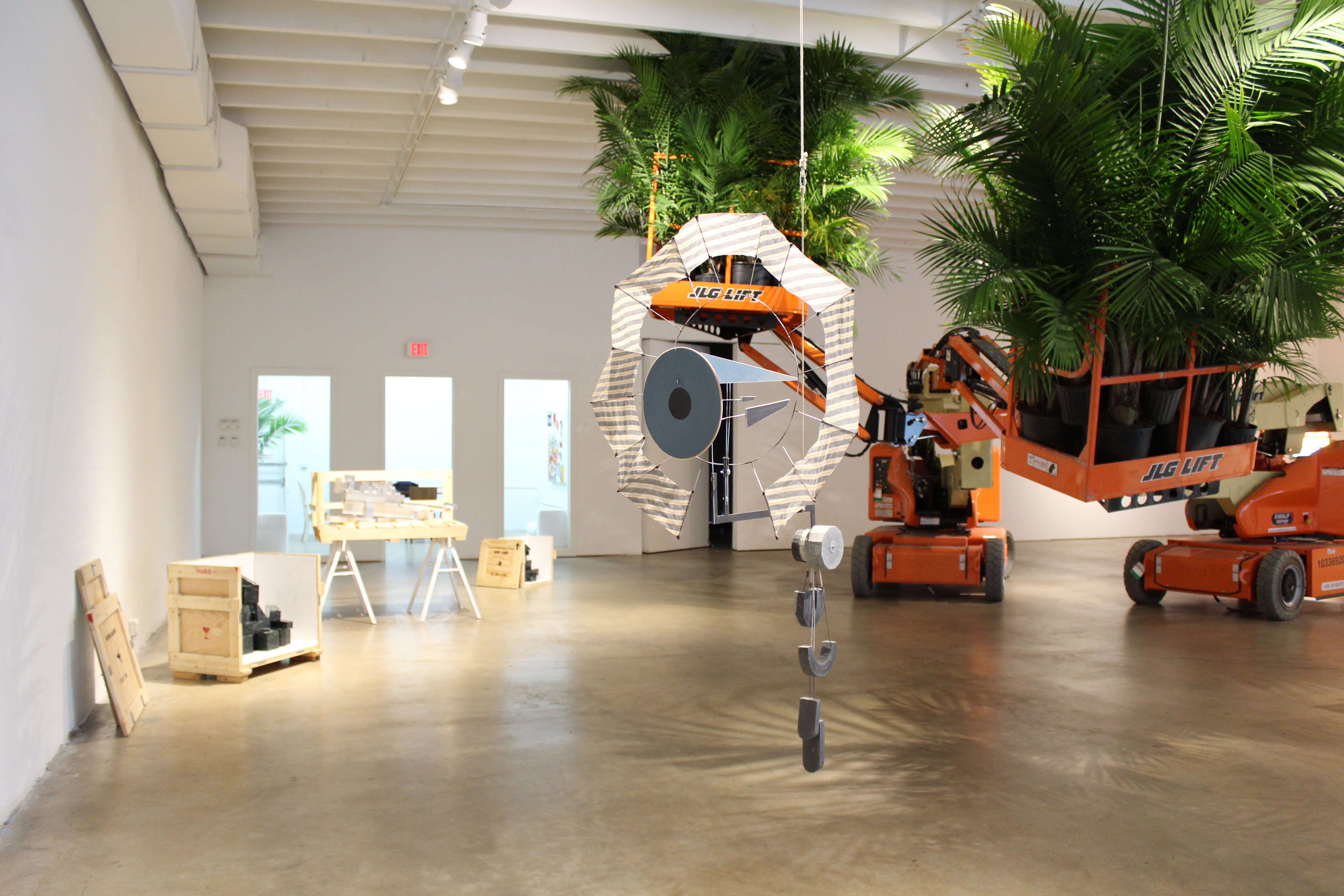

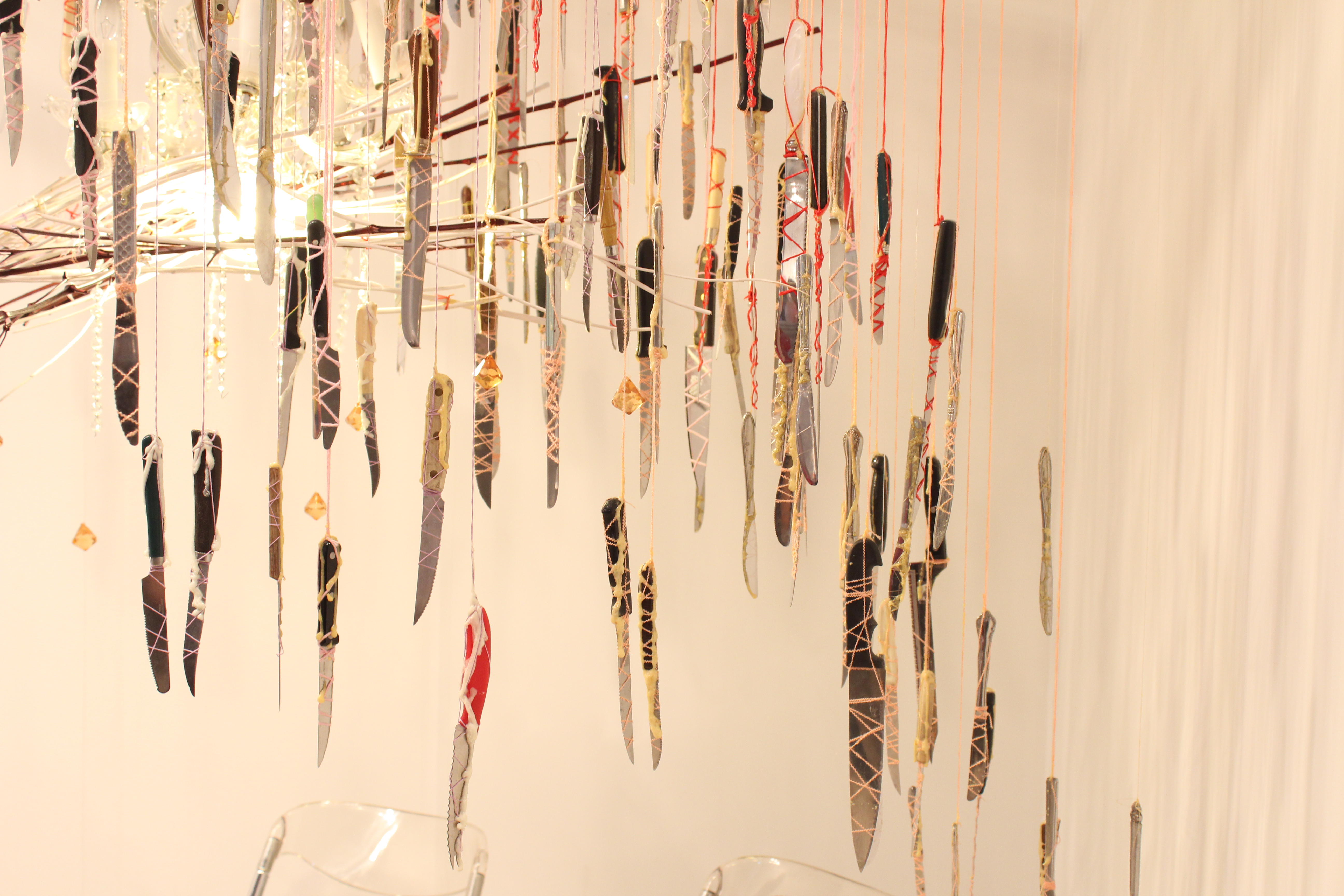 Autumn Casey's sculpture
Autumn Casey's sculpture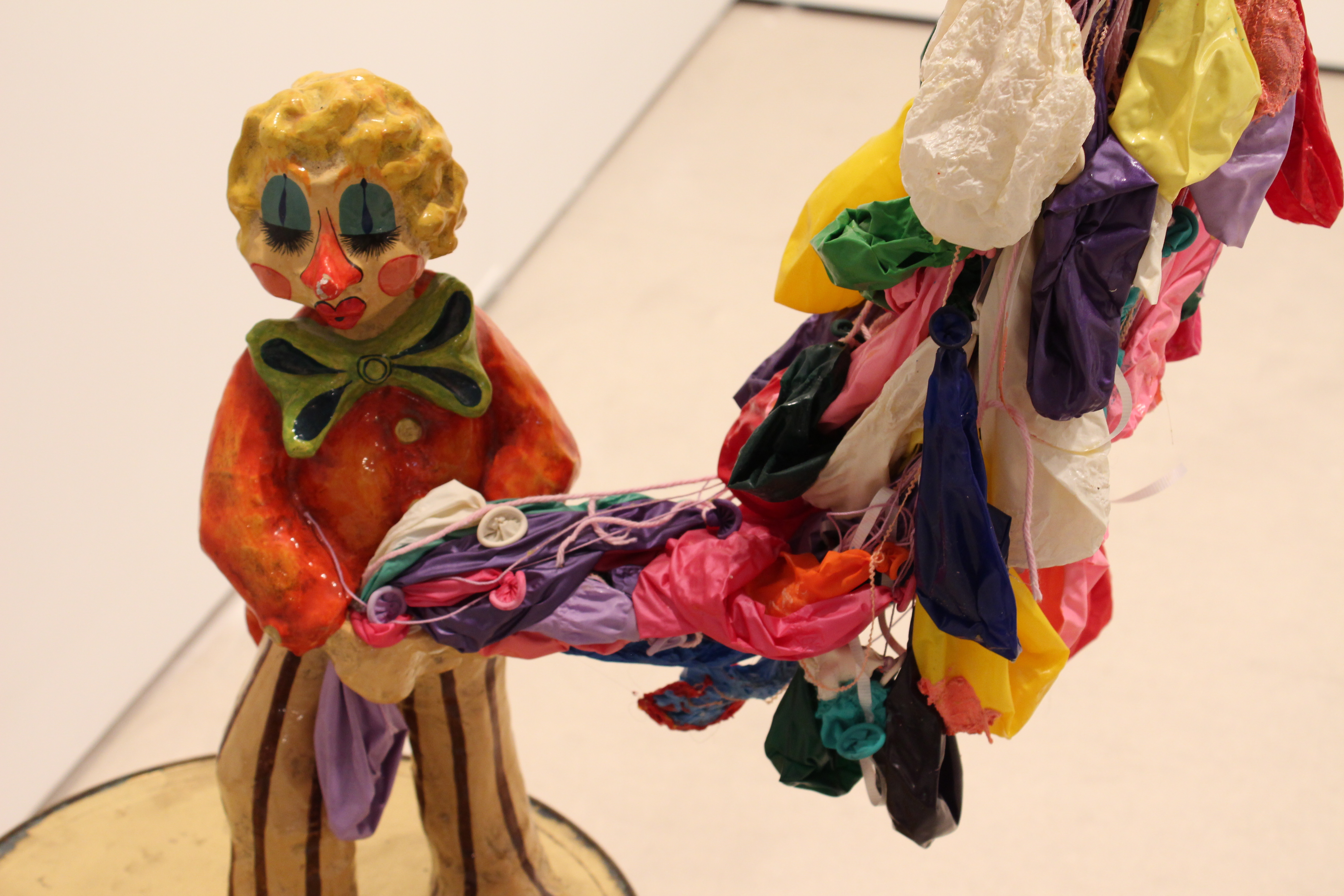
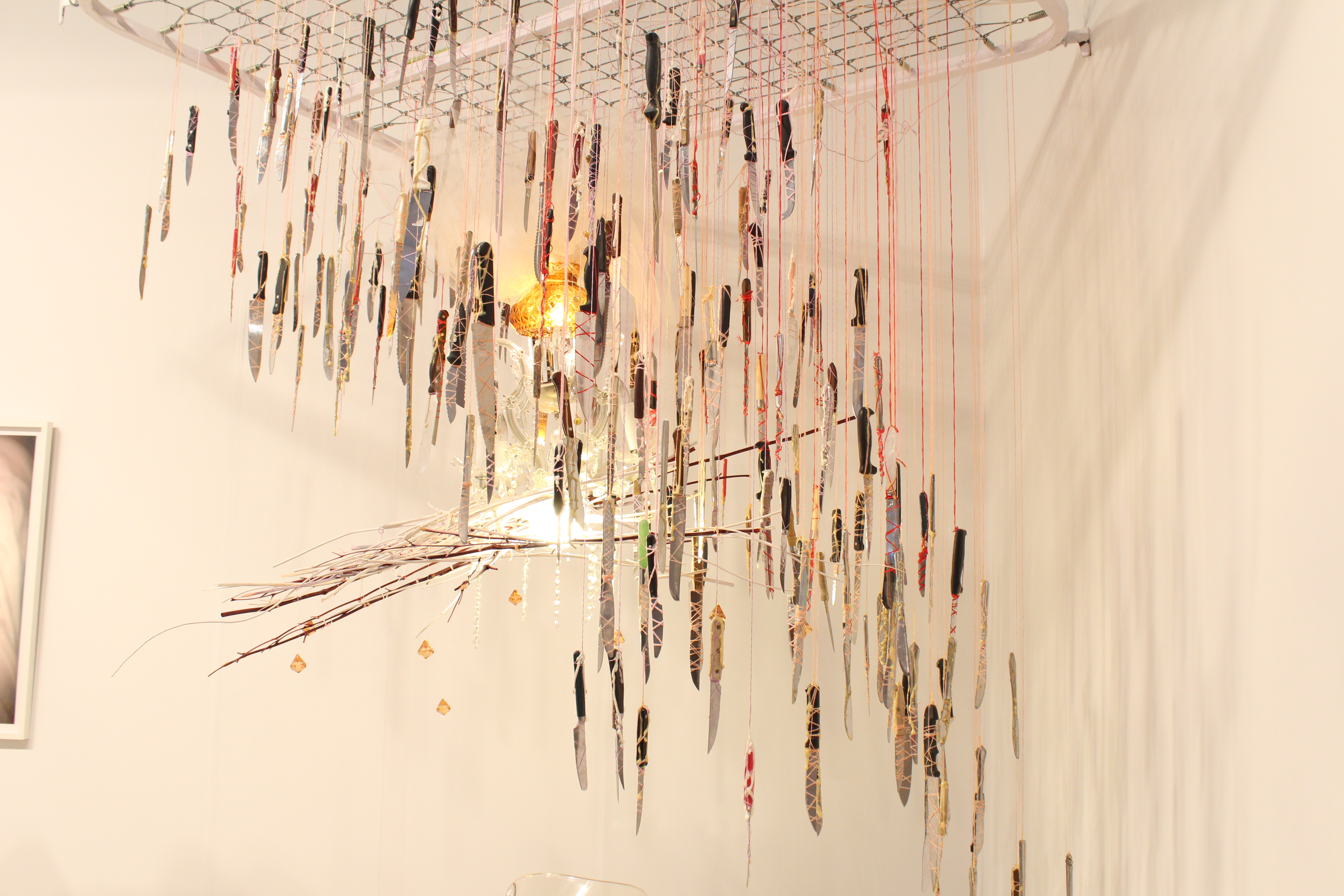
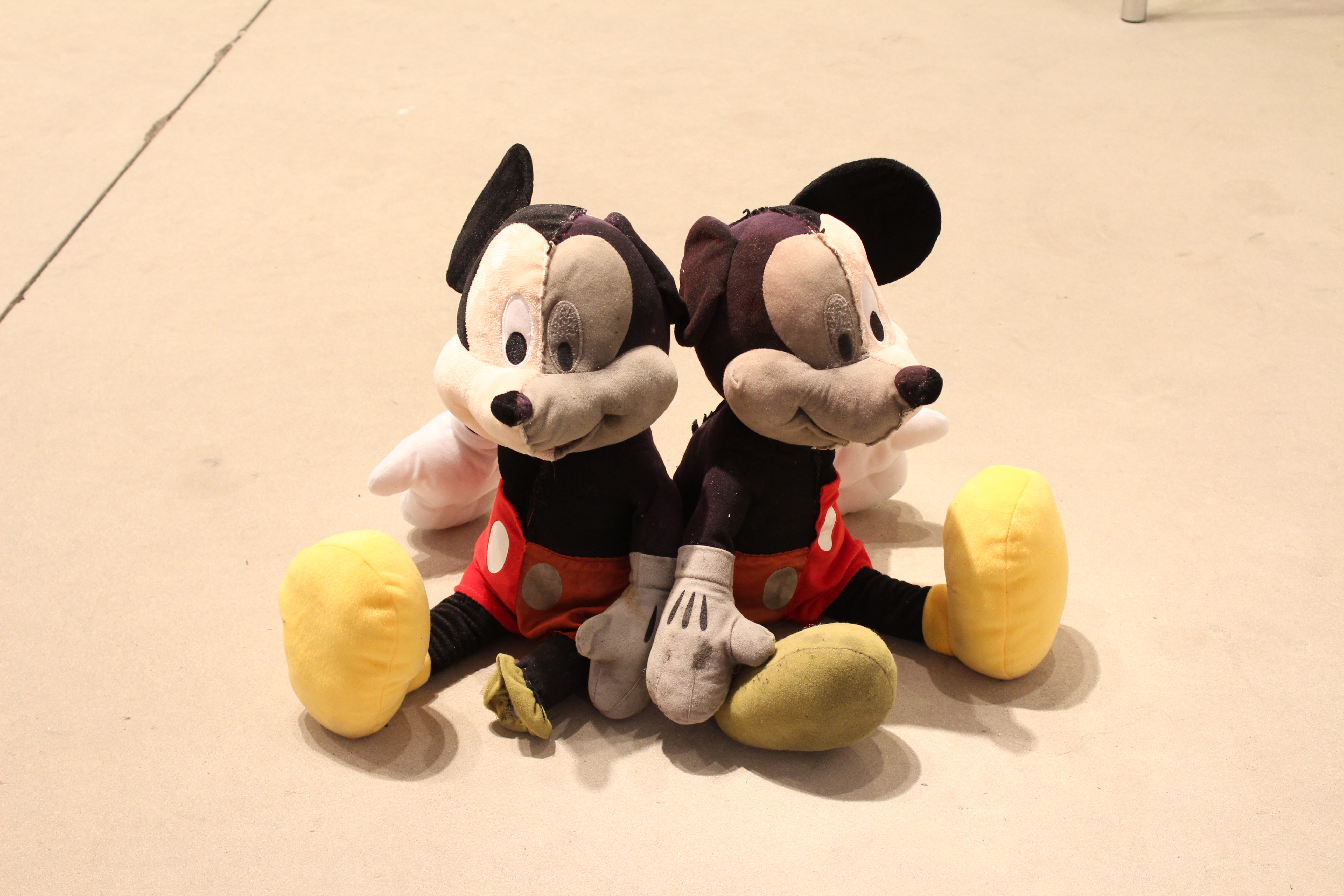
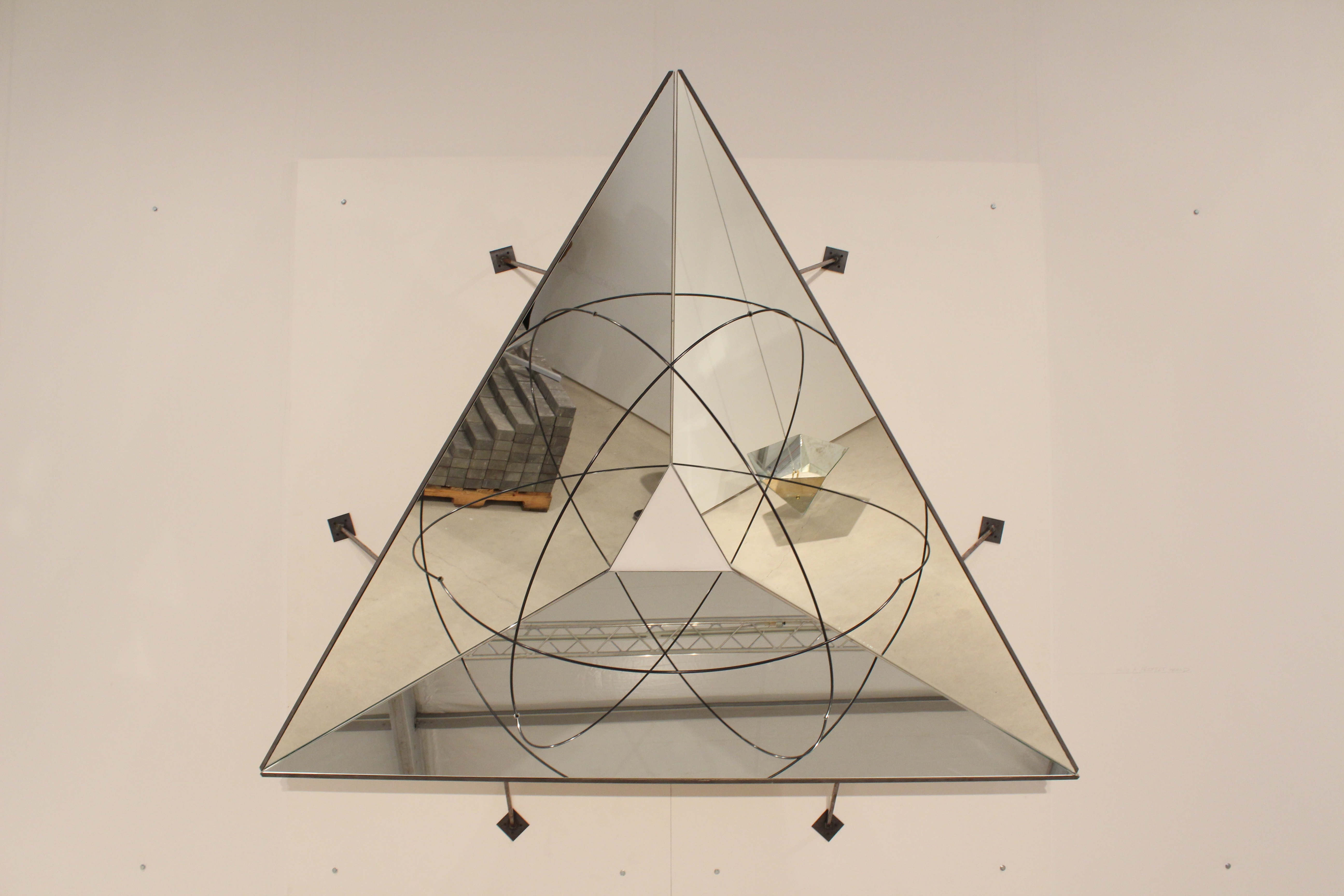
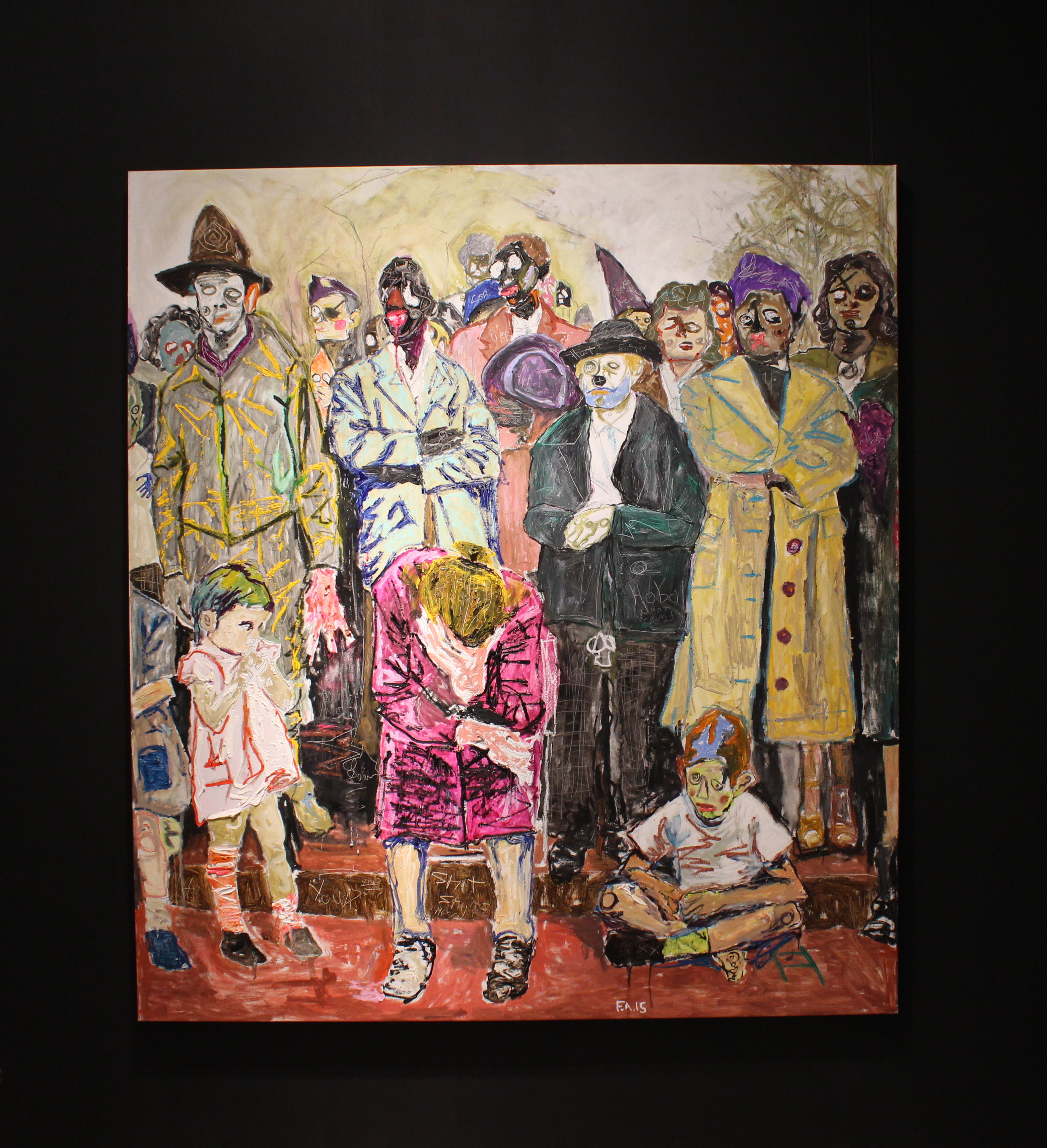


 Experiment number One
Experiment number One Experiment number Two
Experiment number Two Experiments Two and Three
Experiments Two and Three Experiment number Three
Experiment number Three Experiment number Four
Experiment number Four Experiment Number Five
Experiment Number Five  A view of the exhibit
A view of the exhibit Paintings by Kashink
Paintings by Kashink A skateboard painted by Kashink
A skateboard painted by Kashink Two paintings of Kashink's popular men
Two paintings of Kashink's popular men One of kashink's cakes with her print specially released for the show
One of kashink's cakes with her print specially released for the show More Skateboards painted by Kashink
More Skateboards painted by Kashink Some of Kashink's street art outside the gallery
Some of Kashink's street art outside the gallery A view of the show
A view of the show Kashink In front of her mural
Kashink In front of her mural






 Works on display in the Projekt Raum
Works on display in the Projekt Raum
 More Works on display in the Projekt Raum
More Works on display in the Projekt Raum The patterned wall
The patterned wall
 The portion of the show in Butter Gallery's main gallery
The portion of the show in Butter Gallery's main gallery Information on the show
Information on the show The four main spiral works on display in the main gallery
The four main spiral works on display in the main gallery The colored lights in the main gallery space
The colored lights in the main gallery space


